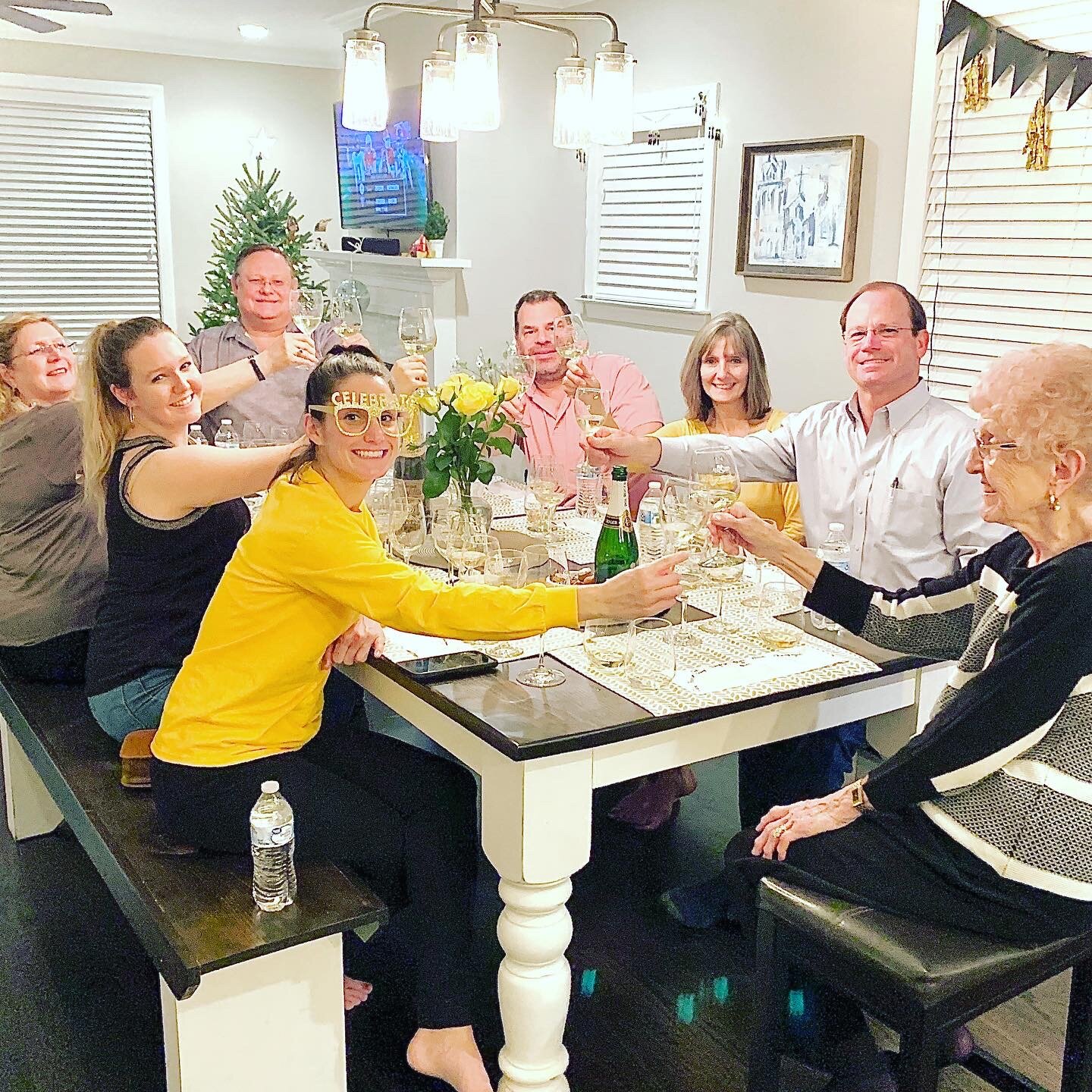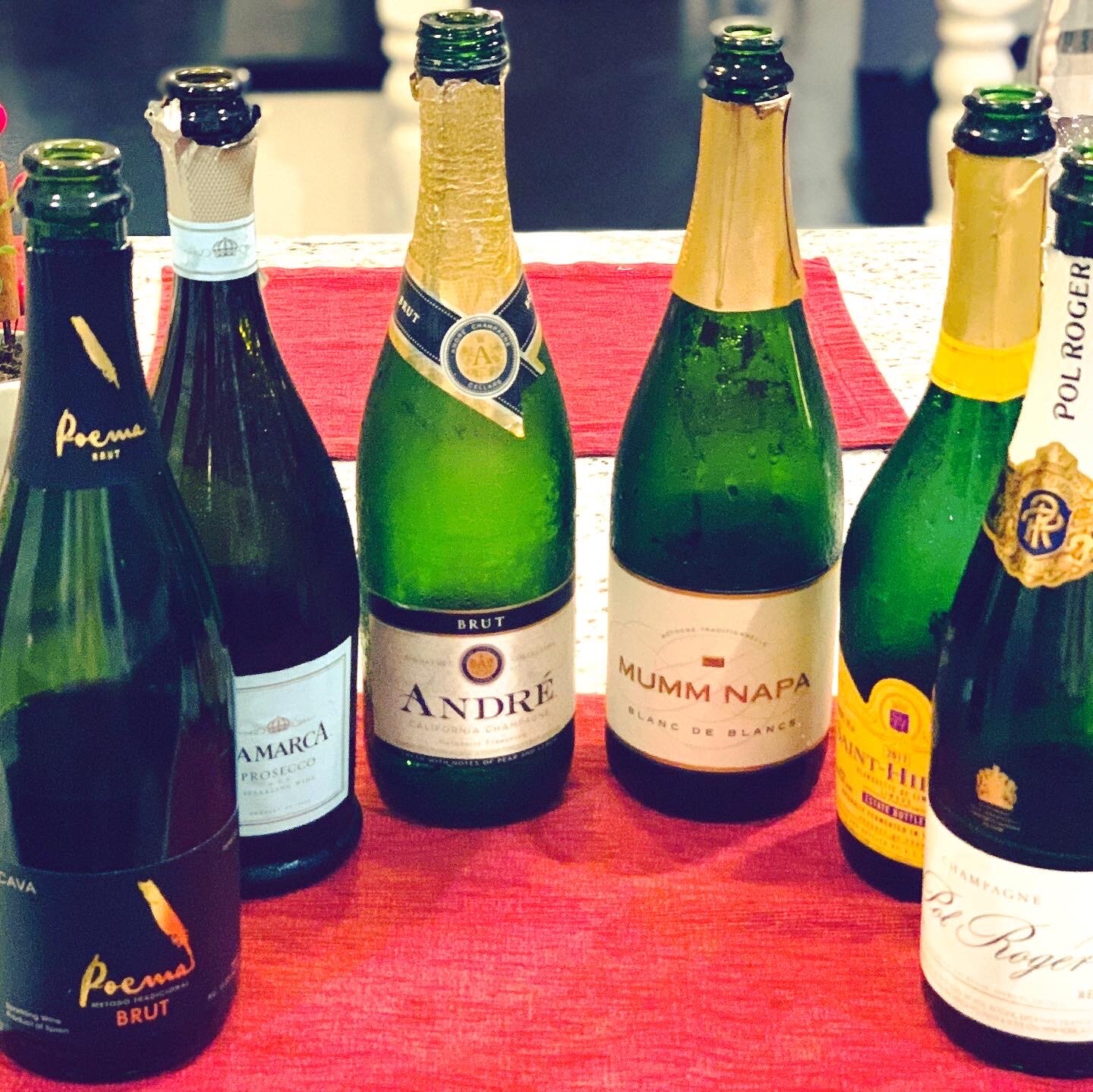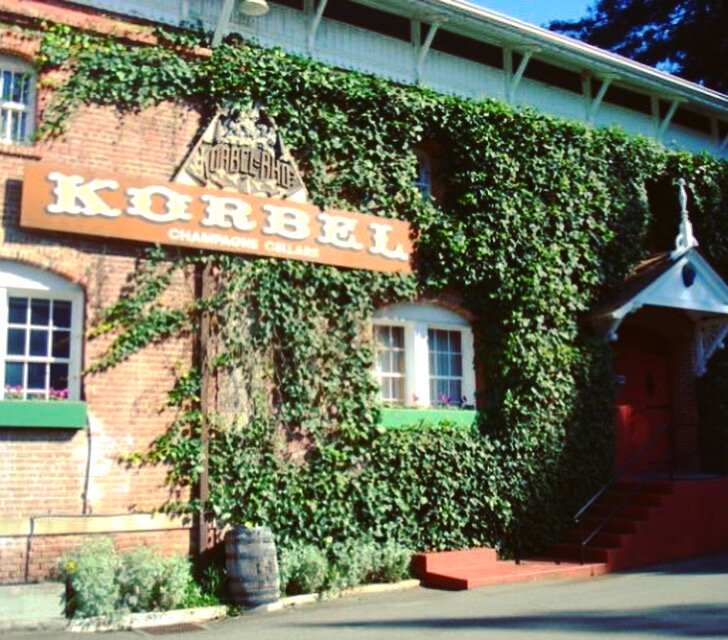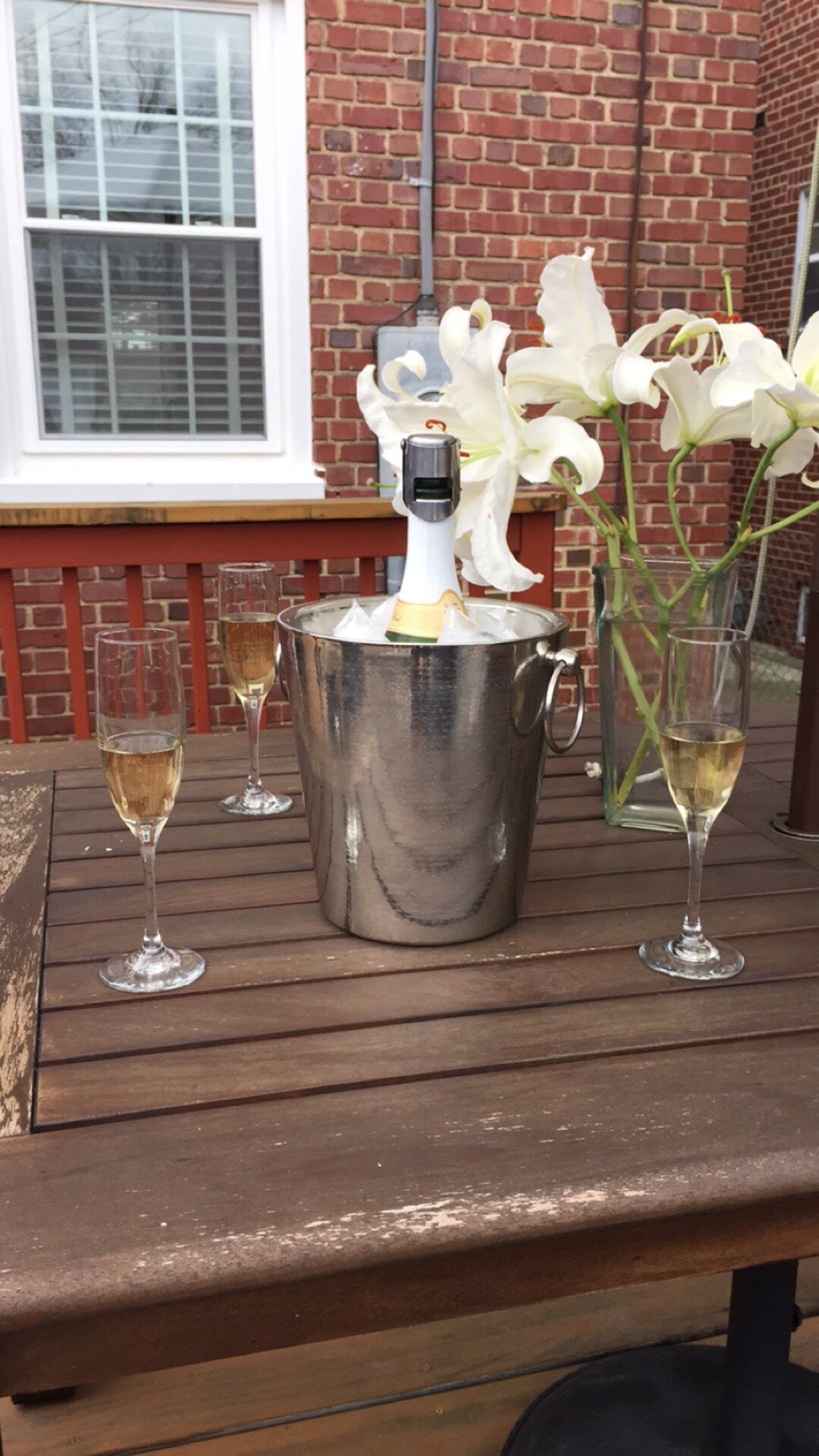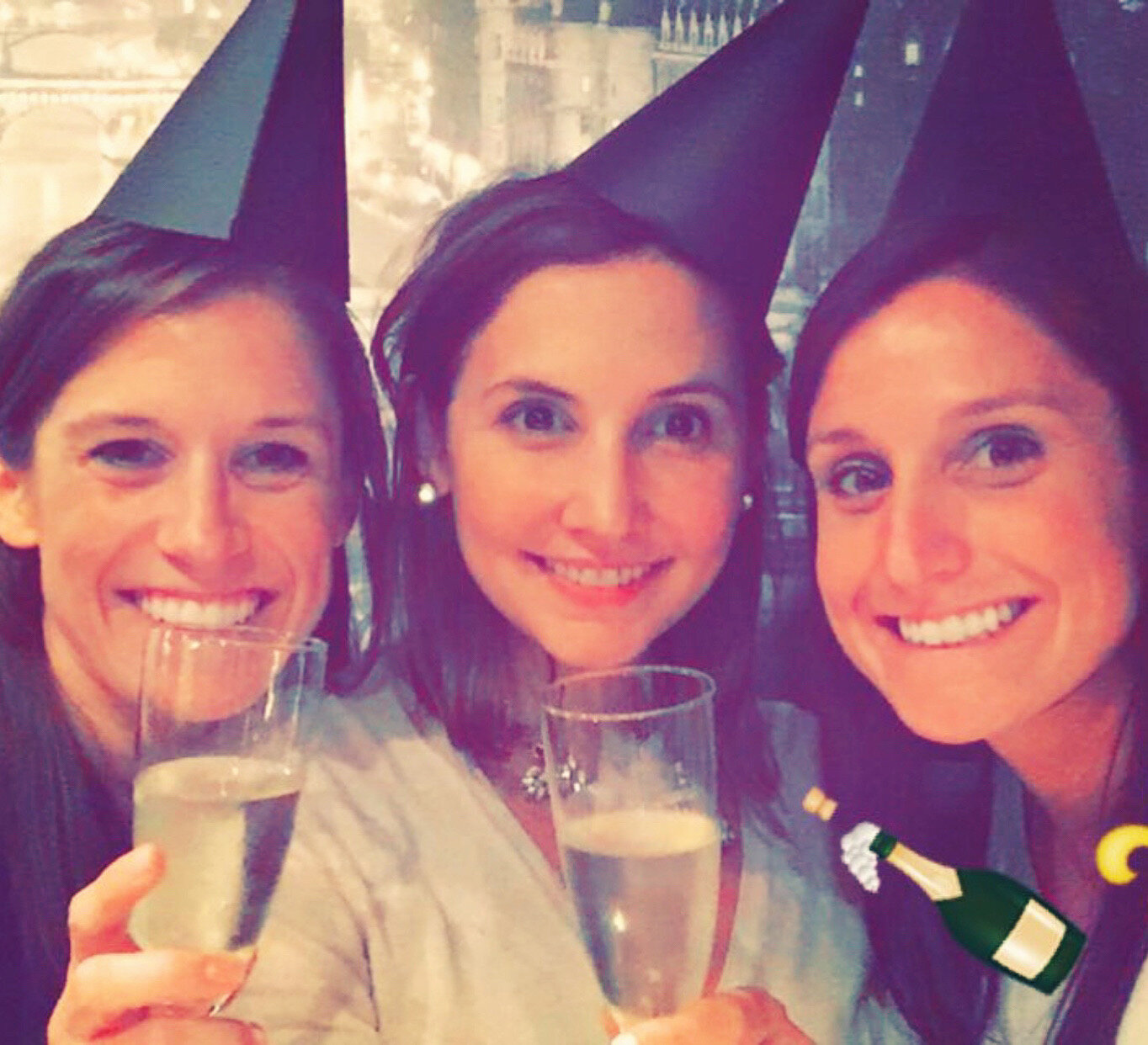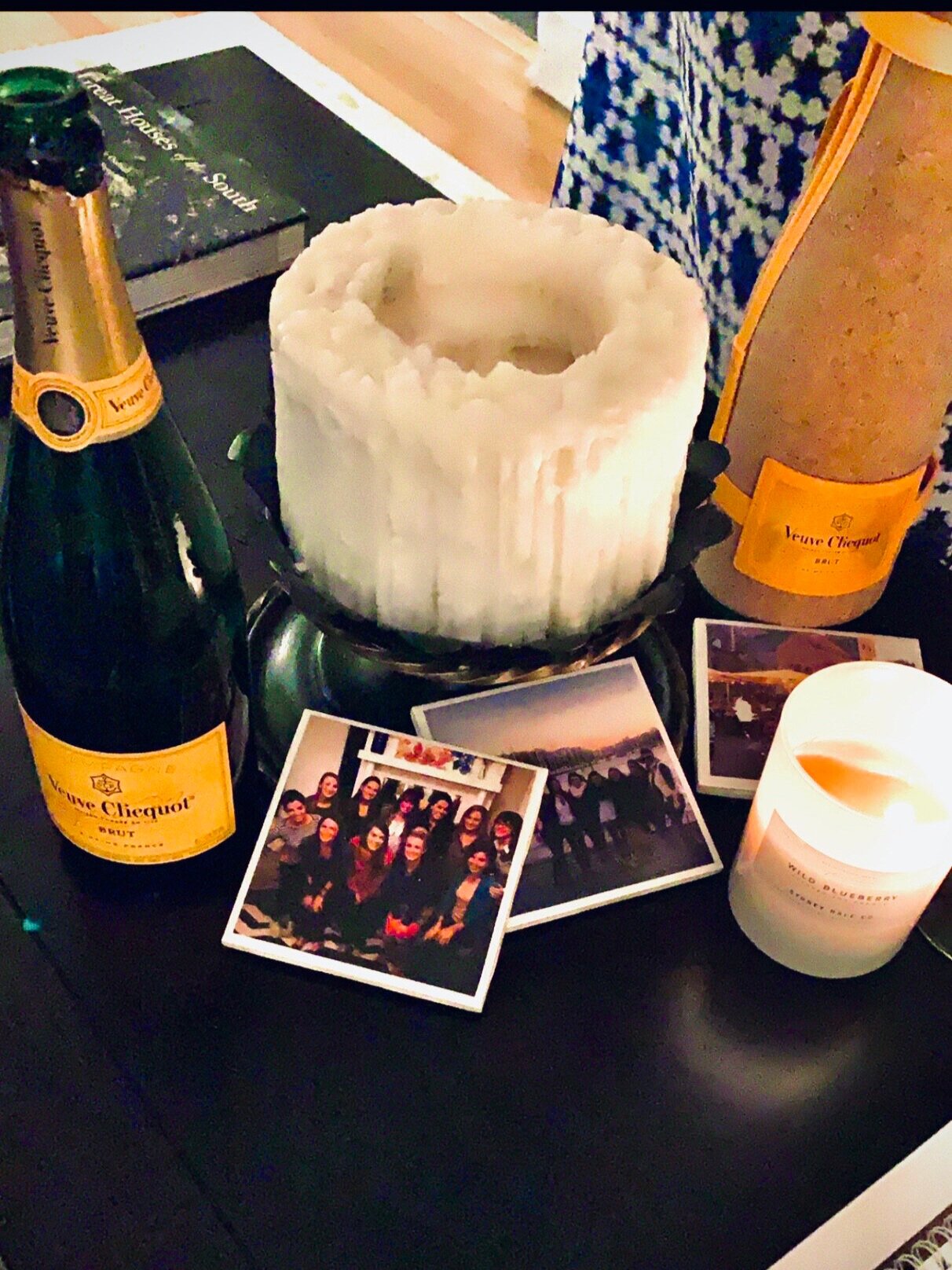King of Sparkling - the Classic Champagne
Champagne Celebrations!
Can you imagine a celebration without champagne? What favorite memories come to mind when you first hear that pop?
Never will I forget walking the banquet service halls at the St. Regis Atlanta as we prepared for a “show” – the prelude music of “pops!” as the team opened hundreds of bottles. It was a true performance watching our staff serve the guests at the best address – as elegant and exciting as the ballet. Exquisite traditions of the hotel continued even on regular days with the daily sabering of champagne to toast to the end of the workday and celebrate the beginning of evening festivities.
Champagne is a special savoring experience as the name alone is golden. True Champagne must originate from the Champagne region of northeast France, about 83,800 or so acres of rocky soil bordering Belgium. Located 90 miles from Paris, the Champagne region is one of the smallest of the major French wine districts but still yields enough grapes to produce an average of a million bottles of Champagne a day!
What interests me the most is how the region’s annual temperature is only 50°F (10°C), slightly above the minimum temperature required to ripen grapes. Thankfully, many vineyards are planted along the slopes at a high enough altitude to clear threats of frost and also low enough to miss any extreme weather conditions that may also alter the grapes growth.
Ripening is said to be aided by the presence of forests which help stabilize temperatures and maintain moisture in the soil. The cool temperatures produce high levels of acidity, ideal for sparkling wine. A deep bed of crustaceous chalk lies beneath a thin layer of topsoil. Most of the terroir is predominantly limestone subsoil, keeping the vines naturally watered all year! They say the soil contributes to the lightness and finesse characteristic of Champagne wine, guess we’ll just need to practice more & see!
Not only is true Champagne wine made in the specific “traditional” method, Champagne appellation rules designate specific plots and grapes that can be grown. The main grapes used in Champagne are Chardonnay, Pinot Noir, and Pinot Meunier. Secondary grapes may be used in small amounts of blends and include Pinot Blanc, Pinot Gris, Arbane, and Petit Meslier.
Pol Roger Brut NV Champagne
Equal parts of Pinot Noir, Meunier, and Chardonnay
Sparkling Blanc de Blancs, or “white of whites,” is made of 100% Chardonnay. The wines of Champagne create notes of apple, lemon, and some say beeswax with crisp acidity and creamy bubbles. We tasted this wine many times and certainly agree with the occasional apple or lemon nose. White Champagne sparkling wines are very golden in color and bring a strong yeasty & toasty bouquet and flavor. Champagnes are heavier than other white wines and leave a true velvety taste on your pallet, so we certainly agree with the creamy bubbles reference and enjoy the robust taste.
Sparkling Blanc de Noirs are made with the two red grapes, Pinot Meunier and Pinot Noir. The name “Blanc de Noirs,” or “white of blacks,” produces wines with more body and others say notes of white cherry, mushroom, lemon, and raspberry.
And then we have that fabulous rosé – which may include any of the three varietals but must incorporate a dash of Pinot Noir added into the bottle before the secondary fermentation. (More to come of the Champagne traditional method in later posts!)
Earlier this year, we popped a range of sparkling bottles to sip, savor & even surprise! My cousin graduated college and was visiting Georgia with our families for the holidays. When asked what type of wine she liked so we could add to the “grocery” list, she responded with a few general ideas and said she likes trying new things and would be up for anything I had in store….. so voilà – a sparkling tasting it was!!
To celebrate our reunion and my sister’s special birthday, I kicked off January celebrating all things that sparkle and hosted a wine tasting of six completely different bottles & blends.
Though the opportunities for this category is endless, my final selections went from a total of eight varietals to six (mostly due to the increased guest list & forgetting a few blends at home) and covered a delicious introduction to sparkling wines!
Starting with the basics, we poured the comparison of Cava versus Prosecco. Scroll back in time below to revel in the results from those fabulous sparklings in my last posts. My cousin really liked the Cava, noting it on her tasting sheet as her “favorite.” And we can’t forget the Italian treasure! We all witnessed the lighter color and endless bubbles in the Prosecco.
Then the fun part continued as I threw in a special “surprise!” The next two sparkling wines in the middle were a secret pour compared to the end, a true French Champagne. After a blind tasting, it was on point when the majority of the table, though each person traditionally has a different pallet and preference, all selected the surprise wine for it’s smooth, bold, and fruity but not overwhelming flavor. It was only my father, of course, who preferred the true king of sparkling, the exquisite French Champagne, to the… drumroll….. $4.99 Andre Brut “California Champagne.” The surprise wine was easier to drink, smoother on the palate, and not overly sweet with a tasting pour.
But wait – you may wonder, “Did I just say ‘California Champagne?’” Yes, I did – Cheers to the Champagnes of California! Only a few are approved to use the name. Korbel is another and a staple with my family & friends. These California sparkling wines are some of the US wines grandfathered in to use the official term “Champagne” on its labels as they’ve been producing wines in the méthode champenoise since before the EU passed the laws protecting the name to only those wines from the beloved region in France. Korbel is a fun “Champagne” to sample when comparing to other sparkling wines since it can be considered a more traditional Champagne as this California sparkling has been produced since 1882. Even though it’s found at a more reasonable price than French Champagnes, it still has a yeasty (but not overwhelming) golden color, bouquet, and flavor. All you can savor - my first day in the Russian River Valley was @korbel_1882 with the ultimate collection of sparkling wines of different blends, including their Natural & 100% Chardonnay, plus some delicious old vine Zinfandel & tasty Brandy! Definitely recommend as a fun tour & experience if you visit northern California – just like an adult Disney World and similar to the Maker’s Mark experience for bourbon tasting.
Continuing the January Sparkling Tasting, we moved on to one of the original and oldest French sparkling wines, though not from Champagne. Saint-Hilaire is one of my favorite special occasion wines and gifts as the story is old as time (or at least way older than me). Created by the Benedictine Monks of the Abbey of Saint-Hilaire, this wine has been enjoyed for almost 500 years, they say more than a century before the first Champagne! Known as the oldest recorded sparkling wine, the Blanquette de Limoux was first made in 1531 near Carcassonne. History reports the wine was bottled before the initial fermentation had ended and created a crisp, bold, golden pour we continue to love and enjoy today!
I was first introduced to Saint-Hilaire while living in Virginia, a state full of history and passion for wine. It was here I fell in love with this favorite sparkling with an incredible story. Of course, learning about Saint-Hilaire in Virginia, the wine sellers became historians themselves sharing how by 1794, this Blanquette de Limoux was discovered by Virginia winemaker and Founding Father, Thomas Jefferson. As an expert of wine and owner of vineyards himself, the recollections recall Blanquette de Limoux was one of his favorites and an integral part of his wine cellar. We continue to narrate that President Jefferson was likely the first person to bring this wine to America and is why we can all continue to savor this bottle of wine. So how about that bit of history in our French sparkling story!
Saint-Hilaire, in my opinion, stands up exceptionally well to many French Champagnes and is also a more affordable gift ranging from about $12 to $17+ per bottle depending on where you live and shop. The story alone adds value, and the flavors pair perfectly with any special occasion. This is a beloved bottle we always buy for first homes, engagements, and just because it’s Wednesday night!
Continuing this February, we’ll be falling in love with France and toasting to the Valentine’s holiday with our favorite bubbles from the region closest to the city of love!
As we gather together as couples or families in love, with friends over a fun Galentine’s, or singles who find any excuse to celebrate with more wine, chocolate & food, I want to hear what you’re pouring this weekend?
What’s your favorite Champagne or Sparkling wine? Share with me so we can #poursomemore @Pour_Atlanta! ⠀
Celebrating all things that sparkle! Cheers to you & our next bottle of Champagne to savor!
Stay tuned for more French favorites this month with #pour_atlanta and on our blog now live at PourAtlanta.com ⠀





